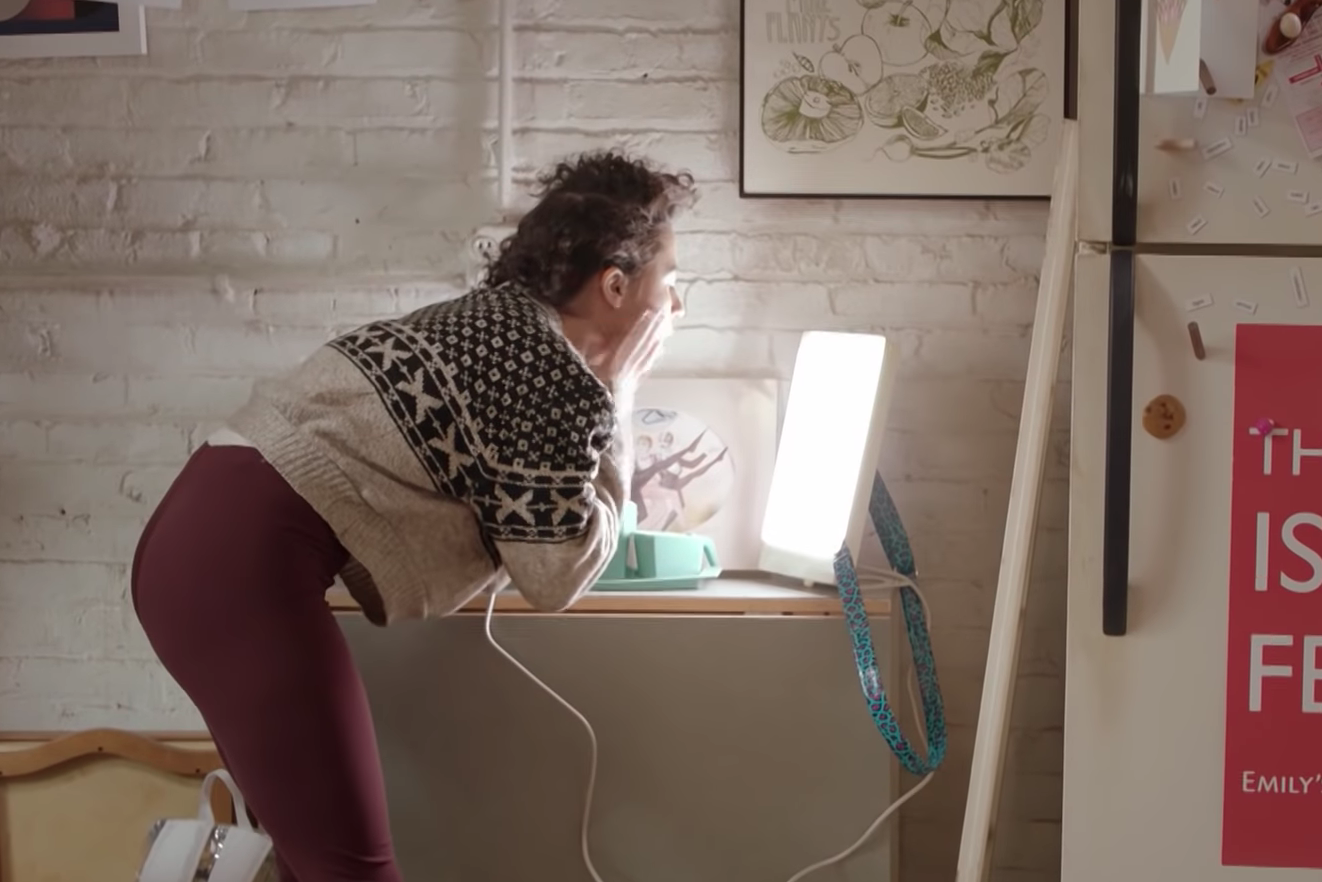After the holiday season comes the worst part of winter. It’s always cold, and snow is the only thing to look forward to. Valentine’s Day leaves some feeling extra lonely. And while I wish we could cancel January through March, we can’t. So here are a few facts about the winter doldrums and how to fight them.
Seasonal affective disorder, or SAD, is a mood disorder that occurs during the same time every year, mostly in the winter. According to American Family Physician, about 5 percent of the U.S. population experiences SAD each year. Essentially, mild SAD — a relatively common occurrence — is what many know as the “winter blues.”
Reduced levels of sunlight in the fall and winter months are a possible cause of SAD. According to the Mayo Clinic, the decrease in sunlight can disrupt your internal body clock, drop your levels of serotonin (which affects mood) and throw the body’s level of melatonin — which regulates the sleep cycle — out of balance.
If you’re feeling lethargic, hopeless or depressed, don’t worry — it’s fairly common during this time of year. Here are a few tips to help SAD, recommended by the professionals and me:
Light therapy
Because seasonal depression may be caused by a lack of light during the winter, using a “light box” can improve your mood. Light therapy entails sitting in front of one of these boxes for about 30 minutes a day, usually after waking up. Most of these boxes emit 10,000 lux (a unit measuring light), much brighter than your average indoor light.
The popularity of light therapy has led to many different types of devices, from boxes to dawn simulators to light sun visors. While it may sound wacky to sit in front of a big box of light early in the morning, it’s proven to help those suffering from seasonal depression.
Add color to your life
A primary tenet of art therapy is that certain colors can impact your mood and emotions, according to Psychology Today. As with light, surrounding yourself with bright, “happy” colors is another way to combat seasonal depression.
During the winter, many people are drawn to gray, black and neutral colors. Switch it up for a change and wear something bright. White, orange, yellow and pink are some colors that could have a positive impact on your mood — and your wardrobe.
Stay active
After the classic holiday indulgence — and due in part to the fact that most people’s winter wardrobe consists of sweats, leggings and sweatshirts — many people aren’t motivated to work out and stay active during the colder months. The weather is dark and cold, and it can be hard to leave bed.
Staying active and working out are important for physical and mental health, even more so in the winter. There’s a lot of science behind the fact that the endorphins released during physical activity help boost your mood. These endorphins are good for you any time during the year — but especially to help combat SAD.
Of course, if you are feeling depressed, don’t hesitate to seek professional help. But for the sake of self care, get moving, eat your veggies, surround yourself with bright colors and bright people. After March, spring is basically here, and warm weather and sunshine will come soon enough.



